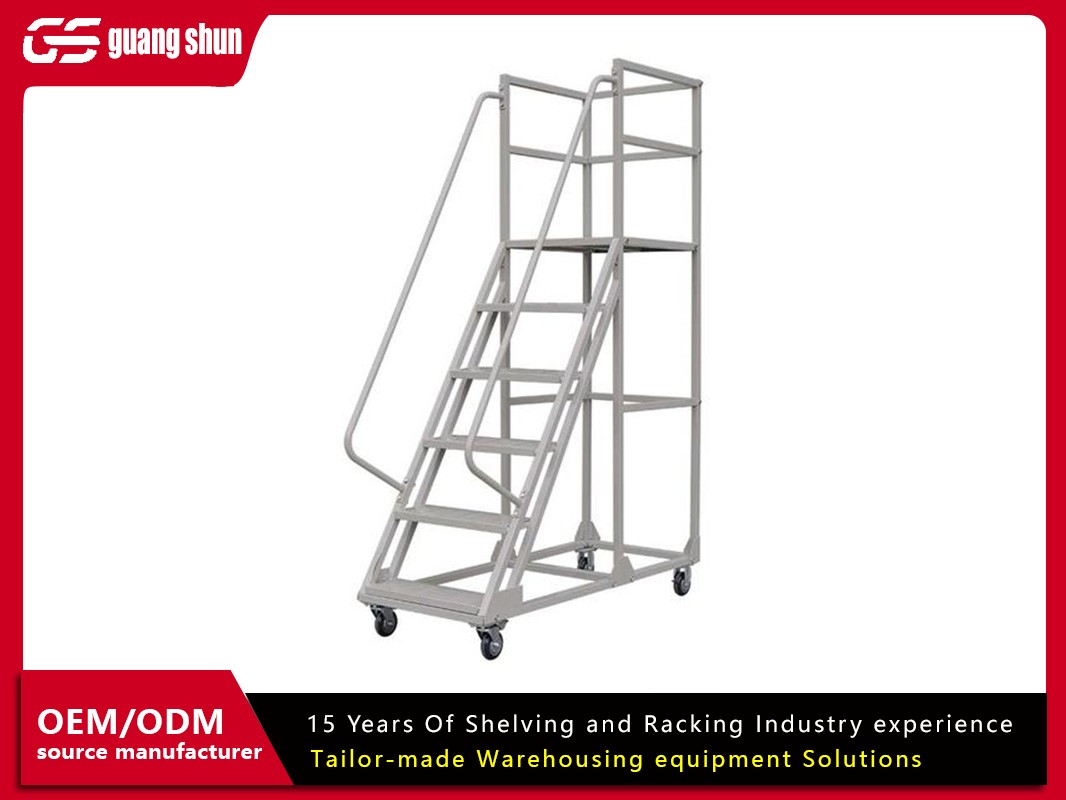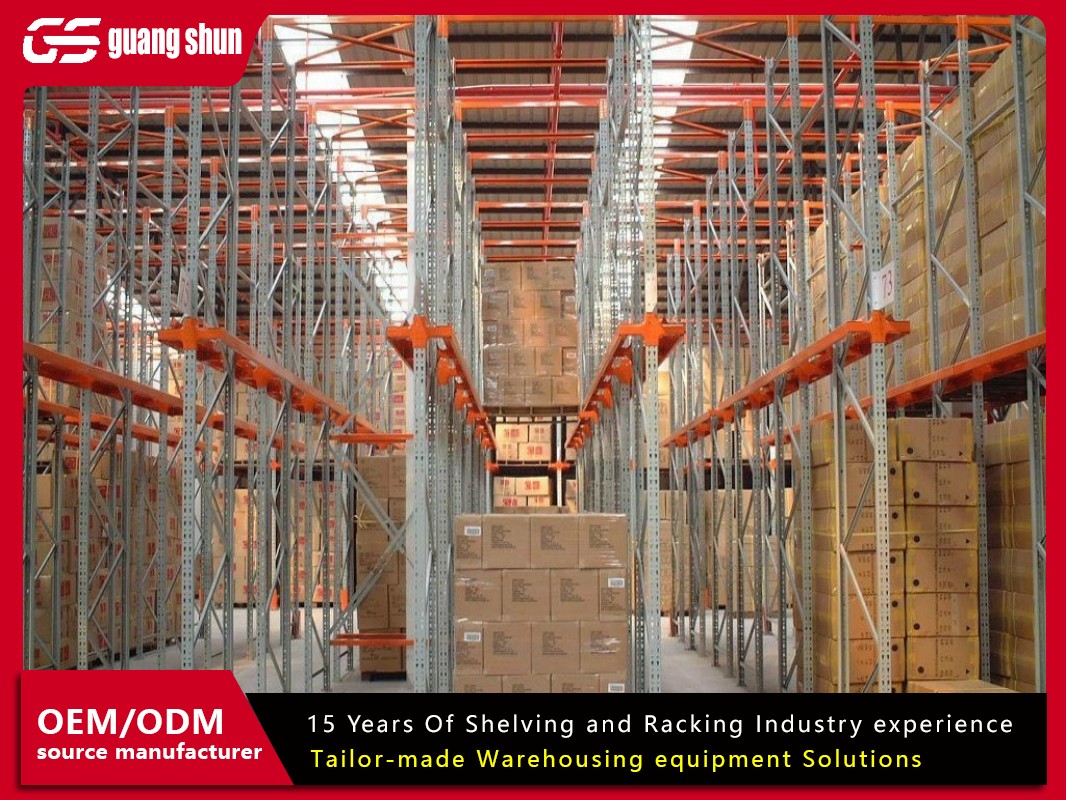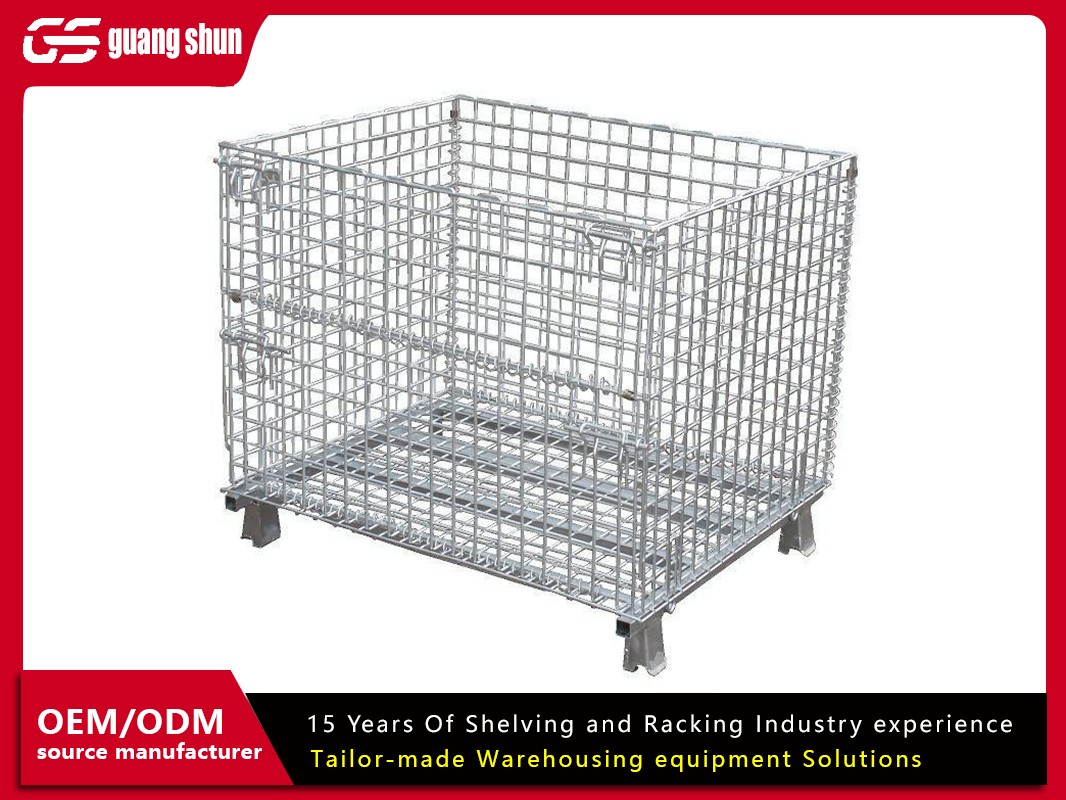Picking the perfect storage racking system for your business isn’t just about buying shelves—it’s about solving a puzzle. Your inventory, space, budget, and growth plans all need to fit together seamlessly. Get it wrong, and you’ll face wasted space, slower workflows, and even safety hazards. But get it right, and you’ll unlock faster order fulfillment, happier employees, and a healthier bottom line. Let’s break down how to find the ideal storage racking setup for your unique needs.
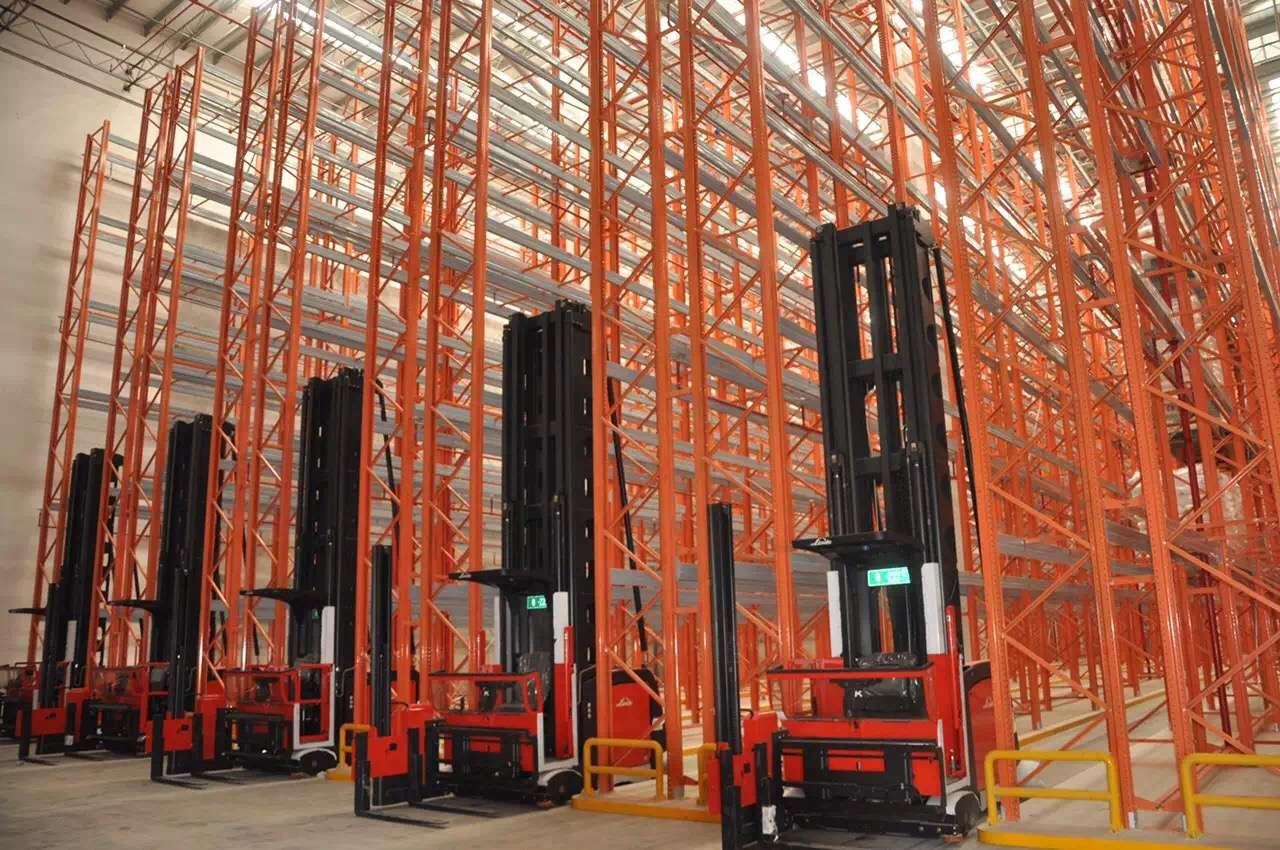
Step 1: Diagnose Your Business Needs
Before comparing rack types, answer these questions:
A. What Are You Storing?
- Palletized Goods: Heavy, uniform items (e.g., appliances, bulk beverages).
- Small Parts: Boxes, cartons, or loose items (e.g., auto parts, electronics).
- Mixed Inventory: A combination of pallets and cases.
Pro Tip: Use ABC analysis to categorize inventory by turnover rate. High-turnover items (A-items) need quick access; slow movers (C-items) can go into dense storage.
B. How Much Space Do You Have?
- Ceiling Height: Warehouses with 30+ ft ceilings can maximize vertical storage with tall storage racking.
- Floor Strength: Older facilities may need reinforcements for heavy-duty systems.
- Column Spacing: Support columns can limit rack placement—map them first.
C. What’s Your Growth Forecast?
- Will you expand product lines or increase inventory by 20%+ in 3 years?
- Are you planning to automate (e.g., robotics or conveyor systems)?
Step 2: Match Storage Racking Types to Your Goals
1. Selective Pallet Racking
- Best For: Businesses needing frequent access to diverse SKUs.
- How It Works: Adjustable beams allow direct access to every pallet.
- Why Choose It:Affordable upfront costs.Easy to reconfigure as inventory changes.
- Avoid If: You’re tight on space—it requires wide aisles for forklifts.
2. Drive-In/Drive-Through Racking
- Best For: High-volume storage of identical products (e.g., bottled water, canned goods).
- How It Works: Forklifts drive into the rack structure to load/unload pallets.
- Why Choose It:Stores 5–10+ pallets deep, saving 50–75% more space than selective racks.Ideal for FIFO or LIFO inventory rotation.
- Avoid If: You handle many SKUs—it’s designed for single-product lanes.
3. Push Back Racking
- Best For: Balancing selectivity and density for medium-turnover items.
- How It Works: Pallets ride on inclined carts; loading a new pallet pushes others back.
- Why Choose It:Stores 2–6 pallets deep without forklifts entering the rack.Faster access than drive-in systems.
- Avoid If: You’re on a tight budget—higher cost per pallet position.
- Best For: High-speed picking of small to medium cases (e.g., e-commerce, pharmacies).
- How It Works: Gravity rollers move cartons from the back to the front as items are picked.
- Why Choose It:Slashes picking time by 50%+ with FIFO automation.Reduces labor fatigue with ergonomic design.
- Avoid If: Your boxes vary widely in size—requires uniformity.
5. Mobile Aisle Racking
- Best For: Space-starved businesses or cold storage facilities.
- How It Works: Racks move on tracks to create temporary aisles.
- Why Choose It:Doubles storage capacity by eliminating fixed aisles.Secure with lockable rows.
- Avoid If: You need instant access—collapsing aisles takes time.
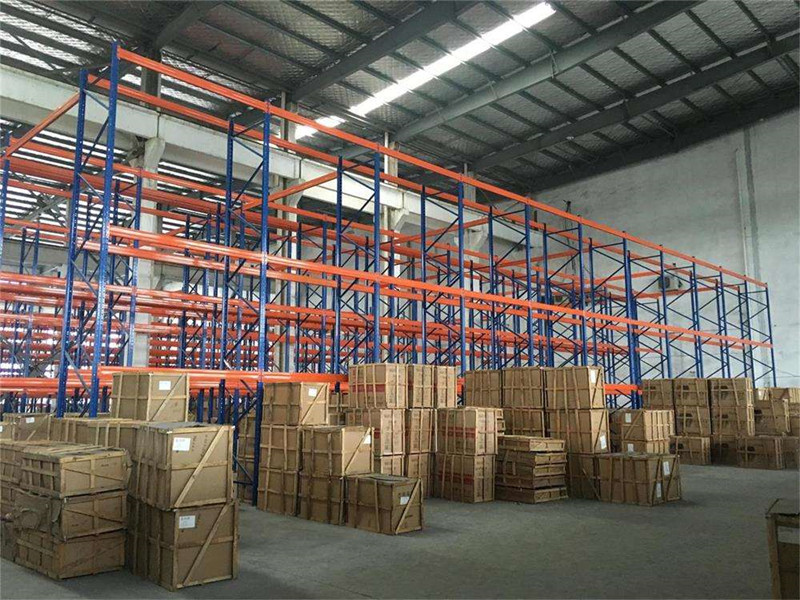
Step 3: Factor in Costs and ROI
A. Upfront Costs
- Racking Itself: 50–50–300 per pallet position (varies by type).
- Installation: 1,000–1,000–10,000+ for complex systems.
- Permits: Required for seismic zones or mezzanines.
B. Hidden Costs
- Training: Operators need to learn new systems (e.g., push back racks).
- Maintenance: Inspections, part replacements, and lubrication.
C. ROI Considerations
- Labor Savings: Faster picking = lower payroll costs.
- Space Savings: Higher density = delay costly expansions.
- Damage Reduction: Proper racks prevent product losses from collapses.
Step 4: Prioritize Safety and Compliance
A. Weight Limits
- Never exceed the rack’s load capacity—calculate total weight (items + containers).
- Use safety locks and anti-collapse mesh for heavy loads.
B. OSHA and Local Codes
- Aisle Widths: 36” minimum for pedestrian zones; 8–13 ft for forklifts.
- Anchoring: Secure racks to floors in earthquake-prone areas.
C. Ergonomics
- Place high-pick items at waist-to-shoulder height to reduce bending.
- Provide ladders or rolling stairs—never let staff climb shelves.
Step 5: Plan for the Future
A. Scalability
- Choose modular storage racking (e.g., boltless shelving) for easy reconfiguration.
- Leave room for automation: AMRs (robots) need clear pathways.
B. Tech Integration
- WMS Compatibility: Ensure racks work with warehouse management software for real-time tracking.
- IoT Sensors: Monitor load weight and rack stability.
C. Sustainability
- Opt for recycled steel racks or hybrid designs that reduce material use.
- Consider solar-powered mobile systems for green warehouses.
Case Study: How a Mid-Sized Retailer Cut Costs by 30%
- Problem: A retailer with 10,000 SKUs struggled with chaotic storage and slow restocking.
- Solution: They installed selective pallet racks for fast-moving items and carton flow racks for small goods.
- Result: Order picking sped up by 40%, and storage costs dropped by 30% in 6 months.
Common Mistakes to Avoid
- Choosing Price Over QualityCheap racks may sag or collapse under load—invest in commercial-grade materials.
- Ignoring Vertical SpaceEven a few feet of unused ceiling height equals wasted revenue.
- Overlooking WorkflowDesign your layout around how workers actually move, not just blueprints.
The Future of Storage Racking
- AI-Optimized Layouts: Algorithms that adjust rack positions based on seasonal demand.
- Self-Healing Materials: Racks that detect stress cracks and auto-reinforce.
- 3D-Printed Custom Racks: Tailored designs for irregularly shaped items.
How to Choose the Right Storage Racking for Your Business
The right storage racking system isn’t a luxury—it’s a strategic asset. By aligning your rack choice with inventory needs, space constraints, and growth plans, you’ll build a warehouse that’s efficient, safe, and ready for whatever comes next. Now go tackle that storage puzzle like a pro!



